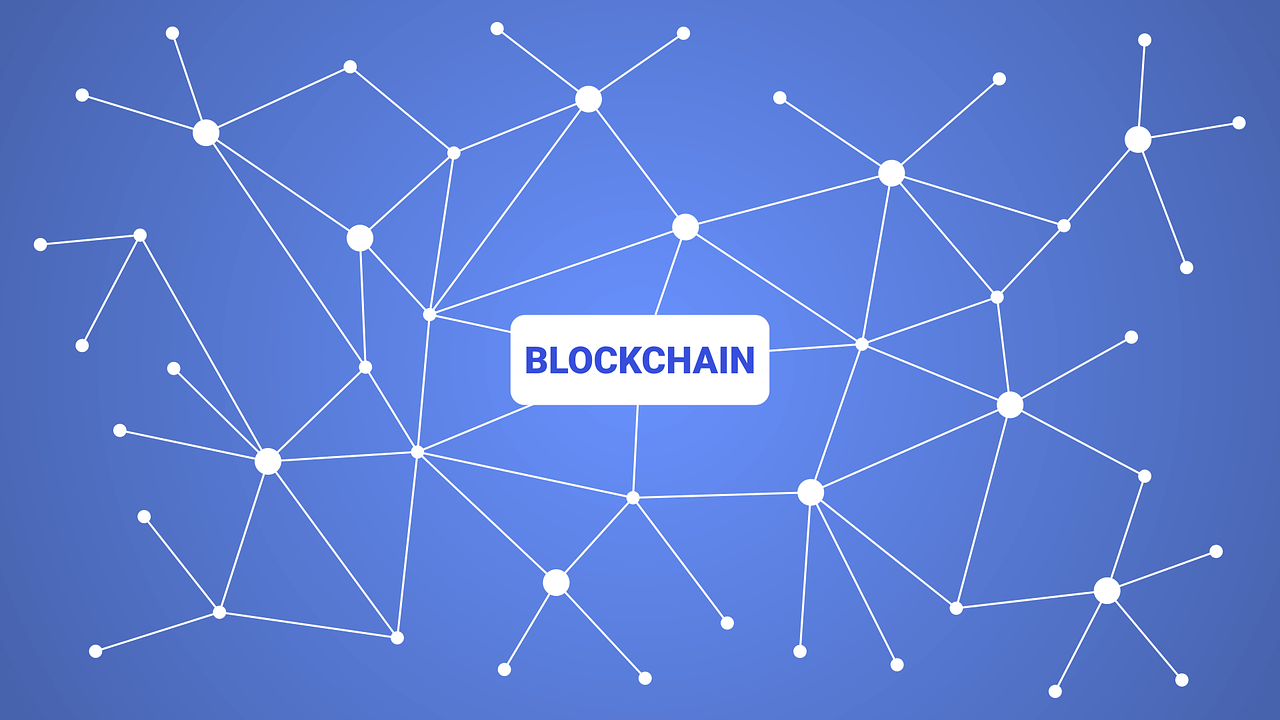Data Visualization and Tableau Course
Data visualization is a very important aspect of the analytical field. A non-analyst can never understand the real business value of what data visualization can achieve for various departments of a company. To get a bird’s eye view on data visualization for data science and analysis projects, learning the Tableau course is critical.
Before starting with data, you need to know how much data you are going to work with.
Here is a Quick fact-check on Data Standards.
- 90% of the data that you have seen or are going to work with have been generated and mined in the last two years.
- Approximately 2.5 billion GB data is generated every day, largely from the internet and non-business domains.
- In 2015, there were over 1 trillion connected devices, gadgets. This number would be 4 trillion by 2020!
Here are five incredibly easy to understand the reasons why you should learn the Tableau course.
# 1 Look at Data; Work at Data
Data visualization with Tableau represents the various ways patterns, trends, and co-relations between structured and unstructured text-based data can be recognized and presented in a visually enticing form.
Tableau course is revolutionizing the way analysts work with data, fulfilling the demands for the “democratization” of data at various levels of processing.
# 2 Tableau can be seamlessly scaled to suit the organization’s demands
If you are an individual Tableau course learner or a high-scale business enterprise, Tableau software provides innumerable ways to create data visualization. Using Tableau course, it is easier to secure data and collaborate with shared data at various levels within the organization.
# 3 Cost-Effective
Tableau is available to businesses on-premise. For most platforms, Tableau can be deployed with Cloud and On-mobile, cutting down IT costs with effective security in place. Currently, Tableau is available in five product versions, including the quintessential Tableau Desktop for an individual user, and Tableau Online for BI within the Cloud.
Other popular products learned in Tableau course are Tableau Server, Tableau Public, and Tableau Reader.
#4 Excel and Database; Nothing Changes for Analysts Drastically
You can leverage the power of database like never before with Tableau course. It optimizes database, report views and visualization features with sufficient scope to scale-up in-built data connectors that are available for free, as well as paid. Tableau extract engine delivers measurable performance created using a mix of database and Excel.
# 5 Bye, Bye Coding
One of the best lessons anyone can learn in Tableau course is bidding adieu to the coding that is so generic to data science and data analytics. Technically speaking, with all the hype around Big Data and data complexity, BI Service Tableau tool without coding is a great way to step up efforts in the industry.
As data visualization is the de facto benchmark of BI and data analytics, going ahead with code-free standards of Tableau course allows the organization to democratize data throughout the value chain.
With a mission to help analysts look at data with an unprecedented insight, Tableau course makes analytics faster and beautiful to represent.




